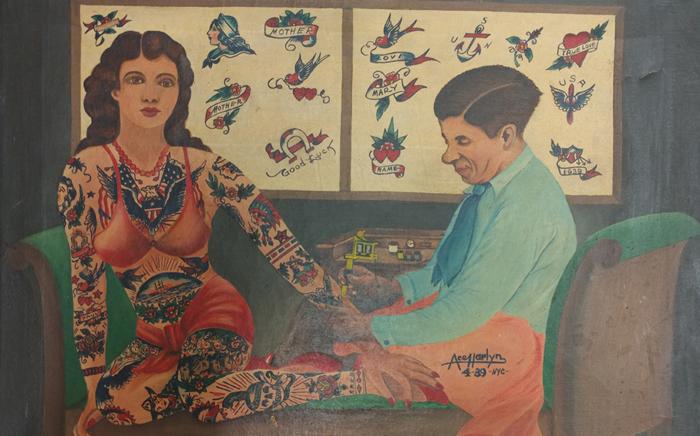I’m writing this on International Women’s Day, not because I’m an expert on women (far from it), but because I’ve just read an interesting theory about how women took control of their bodies — tattoos.
In a “Quick Take” essay on page 23 of the March 13, 2017 issue of Time magazine, Olivia B. Waxman explains how female performers in circuses and sideshows actually played an important role in women’s history. This form of entertainment was especially popular in the mid-19th century, when women had few opportunities for economic independence. But these circus and sideshow performers discovered that by tattooing their bodies, they could make their own money and get some financial independence (although sometimes the artwork wasn’t voluntary, unfortunately).
In the Victo rian era, tattoos became a form of rebellion for wealthy socialites. The custom of the day required the entire body to be covered, but discrete artwork became something of a rage. For example, Winston Churchill’s mother Lady Randolph Churchill supposedly had a snake tattooed on her wrist. By the turn of the 20th century, approximately three-fourths of “fashionable” New York City ladies had been inked, as reported by the New York World.
rian era, tattoos became a form of rebellion for wealthy socialites. The custom of the day required the entire body to be covered, but discrete artwork became something of a rage. For example, Winston Churchill’s mother Lady Randolph Churchill supposedly had a snake tattooed on her wrist. By the turn of the 20th century, approximately three-fourths of “fashionable” New York City ladies had been inked, as reported by the New York World.
According to Cristian Petru Panaite, curator of an exhibit on the 300-year history of tattooing at the New-York Historical Society, “Tattoos were an early way that women took control of their bodies.” That exhibit is open now; information is at https://creators.vice.com/en_us/article/tattooed-new-york-historical-society-exhibition . The photo came from that website.
Caption: Ace Harlyn (active ca. 1930–40), Charlie Wagner tattooing Millie Hull, 1939. Oil on canvas. Collection of Brad Fink, Daredevil Tattoo NYC
